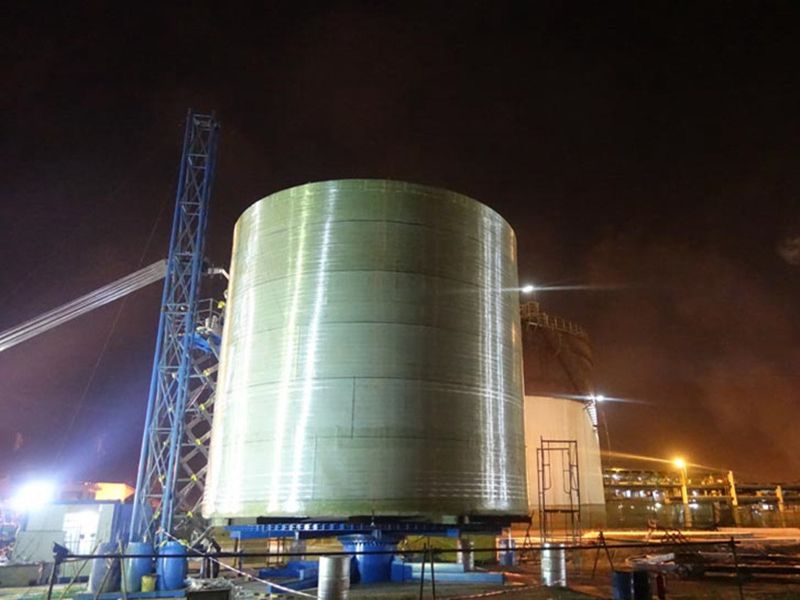
-
 Afrikaans
Afrikaans -
 Albanian
Albanian -
 Amharic
Amharic -
 Arabic
Arabic -
 Armenian
Armenian -
 Azerbaijani
Azerbaijani -
 Basque
Basque -
 Belarusian
Belarusian -
 Bengali
Bengali -
 Bosnian
Bosnian -
 Bulgarian
Bulgarian -
 Catalan
Catalan -
 Cebuano
Cebuano -
 China
China -
 China (Taiwan)
China (Taiwan) -
 Corsican
Corsican -
 Croatian
Croatian -
 Czech
Czech -
 Danish
Danish -
 Dutch
Dutch -
 English
English -
 Esperanto
Esperanto -
 Estonian
Estonian -
 Finnish
Finnish -
 French
French -
 Frisian
Frisian -
 Galician
Galician -
 Georgian
Georgian -
 German
German -
 Greek
Greek -
 Gujarati
Gujarati -
 Haitian Creole
Haitian Creole -
 hausa
hausa -
 hawaiian
hawaiian -
 Hebrew
Hebrew -
 Hindi
Hindi -
 Miao
Miao -
 Hungarian
Hungarian -
 Icelandic
Icelandic -
 igbo
igbo -
 Indonesian
Indonesian -
 irish
irish -
 Italian
Italian -
 Japanese
Japanese -
 Javanese
Javanese -
 Kannada
Kannada -
 kazakh
kazakh -
 Khmer
Khmer -
 Rwandese
Rwandese -
 Korean
Korean -
 Kurdish
Kurdish -
 Kyrgyz
Kyrgyz -
 Lao
Lao -
 Latin
Latin -
 Latvian
Latvian -
 Lithuanian
Lithuanian -
 Luxembourgish
Luxembourgish -
 Macedonian
Macedonian -
 Malgashi
Malgashi -
 Malay
Malay -
 Malayalam
Malayalam -
 Maltese
Maltese -
 Maori
Maori -
 Marathi
Marathi -
 Mongolian
Mongolian -
 Myanmar
Myanmar -
 Nepali
Nepali -
 Norwegian
Norwegian -
 Norwegian
Norwegian -
 Occitan
Occitan -
 Pashto
Pashto -
 Persian
Persian -
 Polish
Polish -
 Portuguese
Portuguese -
 Punjabi
Punjabi -
 Romanian
Romanian -
 Russian
Russian -
 Samoan
Samoan -
 Scottish Gaelic
Scottish Gaelic -
 Serbian
Serbian -
 Sesotho
Sesotho -
 Shona
Shona -
 Sindhi
Sindhi -
 Sinhala
Sinhala -
 Slovak
Slovak -
 Slovenian
Slovenian -
 Somali
Somali -
 Spanish
Spanish -
 Sundanese
Sundanese -
 Swahili
Swahili -
 Swedish
Swedish -
 Tagalog
Tagalog -
 Tajik
Tajik -
 Tamil
Tamil -
 Tatar
Tatar -
 Telugu
Telugu -
 Thai
Thai -
 Turkish
Turkish -
 Turkmen
Turkmen -
 Ukrainian
Ukrainian -
 Urdu
Urdu -
 Uighur
Uighur -
 Uzbek
Uzbek -
 Vietnamese
Vietnamese -
 Welsh
Welsh -
 Bantu
Bantu -
 Yiddish
Yiddish -
 Yoruba
Yoruba -
 Zulu
Zulu
grp chemical product
Understanding GRP Chemical Products Applications and Importance
Glass Reinforced Plastic (GRP), also known as Glass Fiber Reinforced Plastic (GFRP), is a composite material that combines plastic with glass fibers to create a lightweight yet robust product. Commonly used in a variety of industries, GRP chemical products offer a multitude of benefits that make them indispensable in modern manufacturing and construction.
Composition and Properties
At its core, GRP consists of a thermosetting polymer, typically polyester or epoxy resin, reinforced with glass fibers. This combination enhances the mechanical properties of the material, providing high tensile strength, corrosion resistance, and thermal stability. The incorporation of glass fibers results in a product that is not only strong but also much lighter than traditional materials like steel or concrete.
One of the defining features of GRP is its resistance to a range of chemicals. The polymer matrix protects the glass fibers from environmental damage, making GRP an excellent choice for applications in corrosive environments, such as chemical processing plants or waste treatment facilities. Additionally, GRP products possess good electrical insulation properties, making them suitable for electrical applications as well.
Applications of GRP Chemical Products
The versatility of GRP has led to its widespread use across various sectors. In the construction industry, GRP is commonly used for cladding, roofing, and even in the manufacturing of pipes and tanks for storing chemicals. Its lightweight nature reduces transportation costs and simplifies installation processes.
grp chemical product

Furthermore, GRP chemical products find significant applications in the automotive and aerospace industries. Components made from GRP provide manufacturers with the ability to reduce vehicle weight, which in turn improves fuel efficiency and lowers carbon emissions. In the aerospace sector, GRP is utilized in components ranging from interior parts to fuselage sections, helping to enhance performance and safety.
The marine industry also benefits from the properties of GRP. Boats and ships constructed with GRP materials exhibit superior resistance to water and salt, leading to longer lifespan and reduced maintenance costs. This durability is crucial for vessels that operate in harsh marine environments.
Advancements and Innovations
As technology advances, the manufacturing processes and applications of GRP continue to evolve. Innovations such as improved fiber arrangements and enhanced resin formulations have significantly increased the strength-to-weight ratio of GRP products. Additionally, the rise of sustainable practices in manufacturing has led to the development of eco-friendly GRP materials, incorporating recycled glass fibers and bio-based resins.
Research is also ongoing into the use of nanomaterials in GRP, which could further enhance its mechanical properties and open new avenues for applications in high-performance environments. The integration of advanced manufacturing technologies, such as 3D printing, is set to revolutionize the production of GRP, allowing for more complex shapes and customized solutions to meet specific industry needs.
Conclusion
In conclusion, GRP chemical products play a pivotal role in various industries due to their unique blend of lightness, strength, and resistance to environmental factors. As demands for innovative and sustainable materials grow, GRP is poised to remain a key player in the market. Whether in construction, automotive, aerospace, or marine applications, the future of GRP looks bright, with continuous advancements promising to unlock even greater potential for this remarkable composite material. Understanding the benefits and applications of GRP is essential for industries looking to optimize performance and durability in their products.









